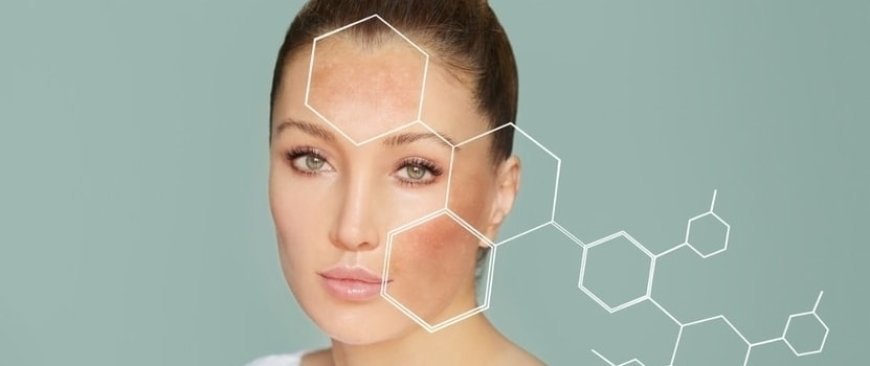Sun Damaged Skin
Sun damage to your skin is an inevitable part of life. While most of us are victims of this environmental hazard,

Sun damage to your skin is an inevitable part of life.
While most of us are victims of this environmental hazard, there are some tried and tested methods to help minimize the impact of sun damage and protect your skin from further damage. This article will provide an overview of the causes and effects of sun damaged skin, and steps that you can take to both prevent and reverse the harmful effects of the sun.
What is Sun Damaged Skin
Sun damaged skin, also referred to as photoaging, is a condition in the skin induced by long-term exposure to ultraviolet (UV) light from the sun. This chronic exposure to the sun’s UV rays causes damage to the skin’s structural layer, such as the dermis and superficial epidermis, resulting in a variety of conditions, including wrinkles, age spots, deterioration of elasticity, collagen fibers, and skin discoloration. Sun damaged skin is a common issue among those with lighter complexions, although it can also affect those with darker skin tone on certain areas such as the arms and face.
What Causes Sun Damaged Skin
The primary cause of sun damaged skin is the ultraviolet or UV radiation emitted by the sun. UV radiation is classified into three different types - UVA, UVB, and UVC, with UVA and UVB being the most commonly discussed. UVA radiation penetrates deep into the skin and is thought to be the primary contributor to sun damaged skin while UVB radiation is only capable of reaching the top layers of the skin.
The two types of UV radiation have different characteristics, and it is these characteristics that make them both dangerous. UVA radiation causes the skin to break down and wrinkle, while UVB radiation is responsible for burning of the skin. Long-term exposure to either form of UV radiation can lead to sun damaged skin, but UVA is thought to be the greatest hazard, particularly when not wearing adequate sun protection.
How Sun Damaged Skin Affects the Skin Sun damaged skin can cause a variety of changes in the skin. The most obvious is wrinkles which occur when the collagen fibers that are responsible for skin elasticity and structure breakdown. This causes the skin to sag and wrinkle and in extreme cases, the skin can become dry, leathery and cracked.
Other changes to the skin from sun damaged skin can include:
• Thinned or Sagging Skin • Discoloration • Hyperpigmentation: Dark spots or patches on the skin • Solar Keratoses: Scaly spots on the skin • Actinic Keratoses: Rough, scaly patches that may be brown, red, or pink • Skin Cancers
How to Prevent Sun Damaged Skin
There are several steps you can take to minimize the risks of sun damaged skin. Most of these steps involve wearing sun protection and limiting exposure to the sun’s UV rays.
Wear Sunscreen: To limit damage to your skin, you should always wear a sunscreen when outside with an SPF of at least 30 or higher. Sunscreen should not only be worn on the face and exposed areas of the body, but also on areas that might not typically be unprotected, such as the hands and feet. Sunscreen should be reapplied every two to three hours when in direct sunlight or after being in the water.
Be Sun Smart: Beyond sunscreen, there are other things you can do to protect your skin from sun damage and other hazards. This includes seeking shade when possible and avoiding peak sun hours (11 am to 2 pm). Additionally, if possible, wear sunglasses.
